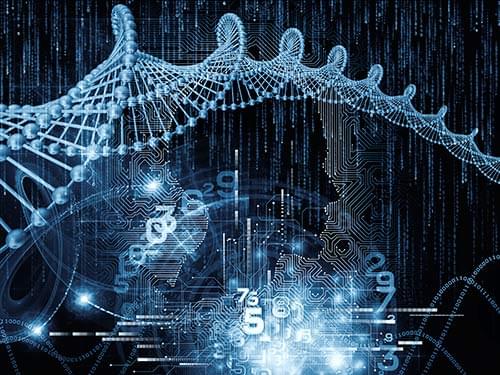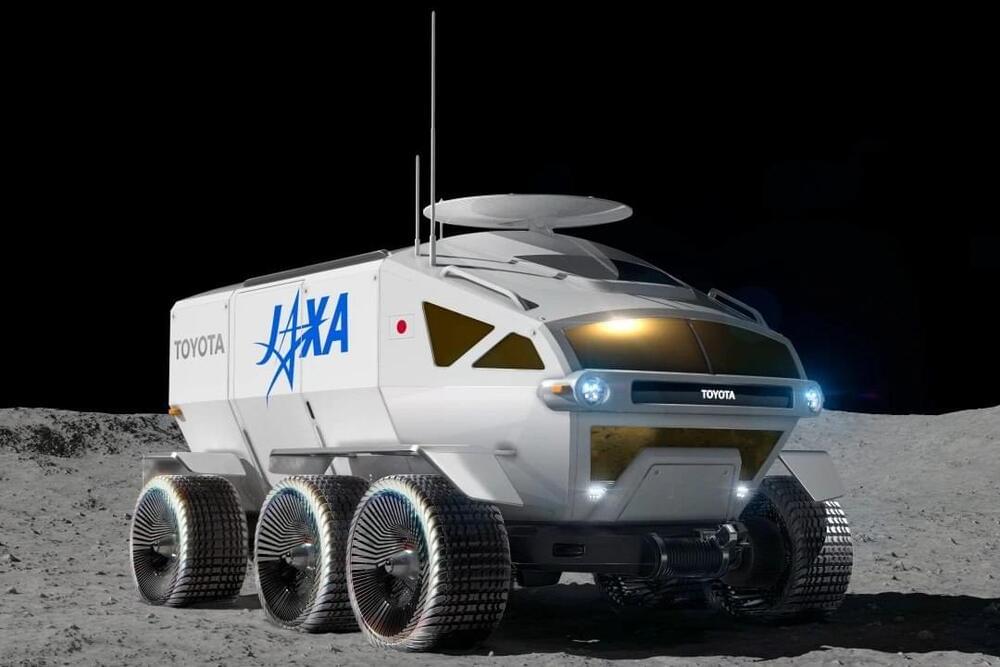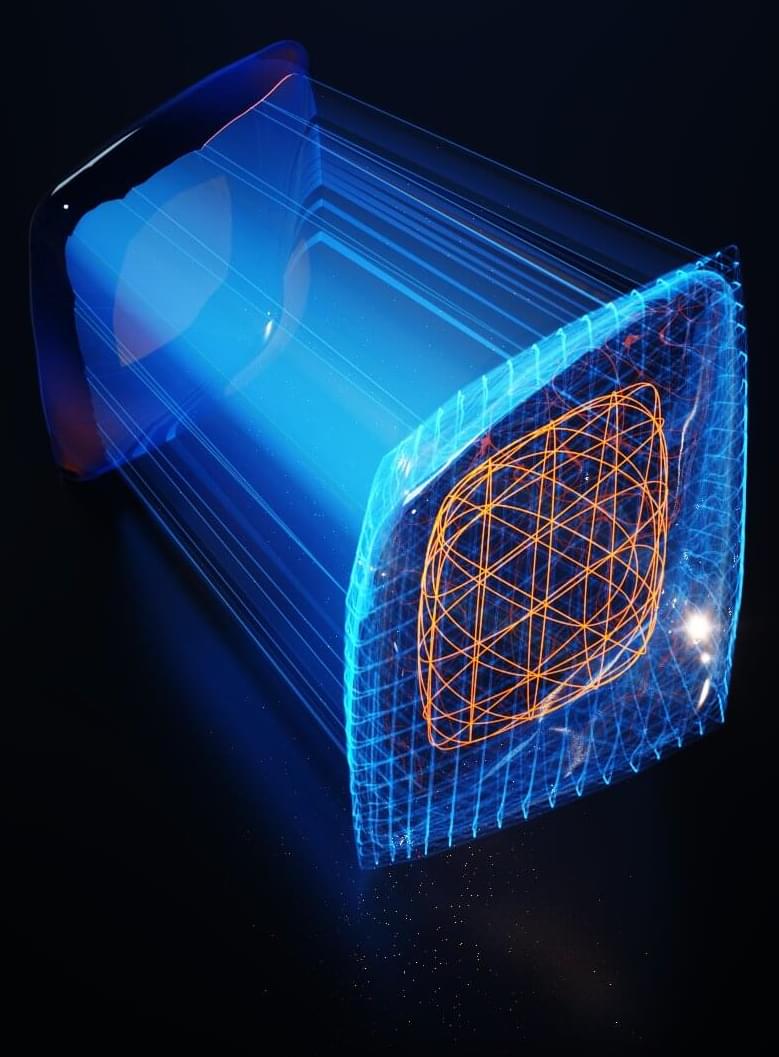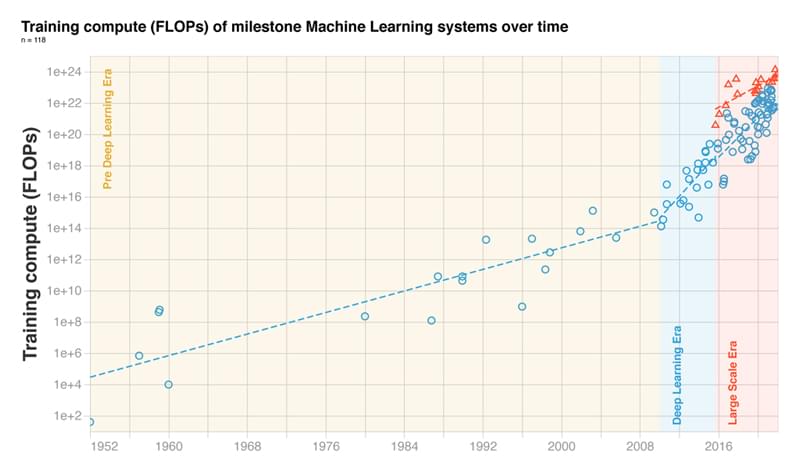DPS Group and Aizon discuss how artificial intelligence is enabling adaptive modeling in process development and integrating activities in biomanufacturing.


The Martian rover has done the most!
NASA’s Perseverance rover has been on Mars for a full Earth year. During that time, the little robot has gotten pretty familiar with Mars’ terrain and set off a historic mission to find out if life ever existed on the Red Planet.
Perseverance landed on Mars on February 18 with an unprecedented task of collecting samples from the Martian landscape, storing them in tiny tubes, and leaving them on Mars for a future pickup mission.
Here are some of the highlights of that mission so far, and what to look forward to from the Perseverance rover in the future.

In recent years, scientists have introduced a wide variety of robots of all shapes and sizes. Among these are microswimmers, carefully engineered microstructures that can move in water and other liquids.
Microswimmers could have numerous interesting applications, for instance allowing doctors to deliver drugs to targeted regions inside the human body, or scientists to introduce specific substances in water-based environments. While some of these robotic systems achieved remarkable results, most of them were found to be unable to efficiently move inside the human body.
Researchers at the Max Planck Institute for Intelligent Systems (MPI-IS) have recently developed new light-driven microswimmers that could be more suited for navigating within biological systems, including body fluids. These microswimmers, introduced in a paper published in Science Robotics, are simple microparticles based on the two-dimensional (2D) carbon nitride poly(heptazine imide) or PHI.



In a paper published by Science, DeepMind demonstrates how neural networks can improve approximation of the Density Functional (a method used to describe electron interactions in chemical systems). This illustrates deep learning’s promise in accurately simulating matter at the quantum mechanical.
In a paper published in the scientific journal Science, DeepMind demonstrates how neural networks can be used to describe electron interactions in chemical systems more accurately than existing methods.
Density Functional Theory, established in the 1960s, describes the mapping between electron density and interaction energy. For more than 50 years, the exact nature of mapping between electron density and interaction energy — the so-called density functional — has remained unknown. In a significant advancement for the field, DeepMind has shown that neural networks can be used to build a more accurate map of the density and interaction between electrons than was previously attainable.
By expressing the functional as a neural network and incorporating exact properties into the training data, DeepMind was able to train the model to learn functionals free from two important systematic errors — the delocalization error and spin symmetry breaking — resulting in a better description of a broad class of chemical reactions.
Before the pandemic started (ah, those glorious days…) a collective panic was mounting over automation and robots gradually replacing workers in various fields, or “stealing our jobs,” as the common refrain went. These worries haven’t subsided two years later, but they’re being countered by severe and largely unexpected labor shortages across multiple sectors of the economy. One of the industries that’s struggling most is restaurants. While we may still encounter automation-related unemployment problems down the road, right now it seems robots are lending a much-needed hand in food service.
One of these robots is none other than Flippy, initially debuted in 2017 to flip burgers at a California fast food chain. Since then Miso Robotics, Flippy’s maker, has expanded the bot’s capabilities, creating a version that can cook chicken wings, fries, and other greasy delights. This week also brought a significant expansion to Flippy’s presence as White Castle announced plans to install the robot at more than 100 restaurants this year.
White Castle was the first restaurant chain to significantly invest in Flippy, piloting the robotic assistant in 2020. The chain gave feedback about the robot to Miso, and the company put out a second iteration called Flippy 2 last November. This new robot can independently do the work of an entire fry station: its AI-enabled vision identifies foods, picks them up, and cooks them in fry baskets designated for that food specifically. The bot then moves cooked items to a hot-holding area.

Today’s rechargeable batteries are a wonder, but far from perfect. Eventually, they all wear out, begetting expensive replacements and recycling.
“But what if batteries were indestructible?” asks William Chueh, an associate professor of materials science and engineering at Stanford University and senior author of a new paper detailing a first-of-its-kind analytical approach to building better batteries that could help speed that day. The study appears in the journal Nature Materials.
Chueh, lead author Haitao “Dean” Deng, Ph.D. ‘21, and collaborators at Lawrence Berkeley National Laboratory, MIT and other research institutions used artificial intelligence to analyze new kinds of atomic-scale microscopic images to understand exactly why batteries wear out. Eventually, they say, the revelations could lead to batteries that last much longer than today’s. Specifically, they looked at a particular type of lithium-ion batteries based on so-called LFP materials, which could lead to mass-market electric vehicles because it does not use chemicals with constrained supply chains.

Brain organization differs between boys and girls with autism, according to a new study from the Stanford University School of Medicine.
The differences, identified by analyzing hundreds of brain scans with artificial intelligence techniques, were unique to autism and not found in typically developing boys and girls. The research helps explain why autism symptoms differ between the sexes and may pave the way for better diagnostics for girls, according to the scientists.
Autism is a developmental disorder with a spectrum of severity. Affected children have social and communication deficits, show restricted interests and display repetitive behaviors. The original description of autism, published in 1943 by Leo Kanner, MD, was biased toward male patients. The disorder is diagnosed in four times as many boys as girls, and most autism research has focused on males.

AI may be “slightly conscious”
The Chief Scientist and Co-Founder of OpenAI, one of the leading research labs for artificial intelligence, has suggested that the latest generation of neural networks are large enough to be “slightly conscious”.
Ilya Sutskever has made several major contributions to the field of deep learning. This includes beta testing of GPT-3 prior to its release. In a 2020 paper, he and his team concluded that the language model, featuring 175 billion parameters, “can generate samples of news articles which human evaluators have difficulty distinguishing from articles written by humans.”